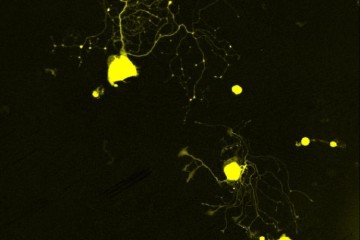CRACK IT Challenge
DRGNET: Developing an ethical, sustainable, human sensory neuron culture model for use in therapeutic pain research

At a glance
Completed
Award date
August 2014 - November 2017
Contract amount
£749,976
Contractor(s)
Sponsor(s)
R
- Reduction
